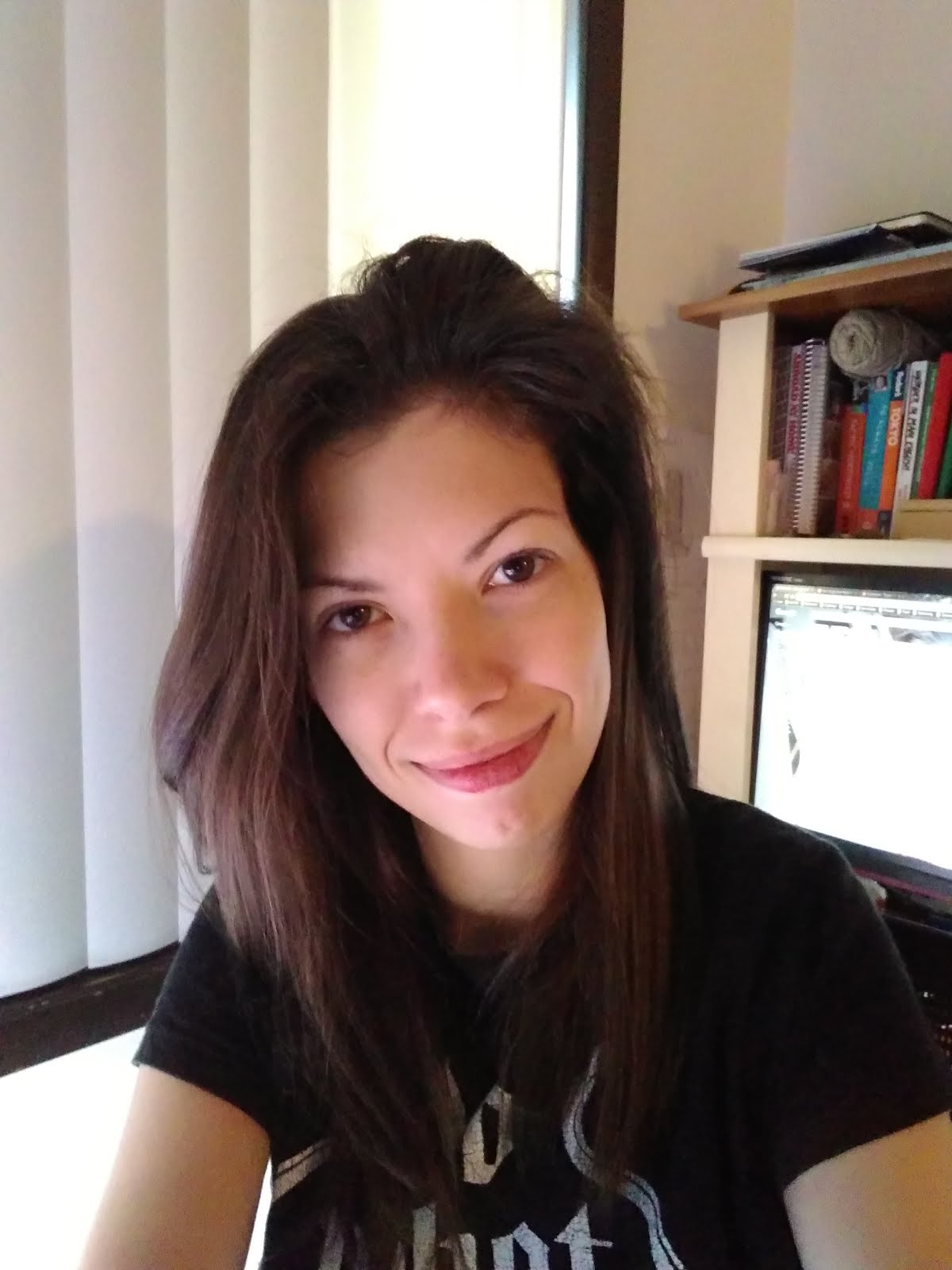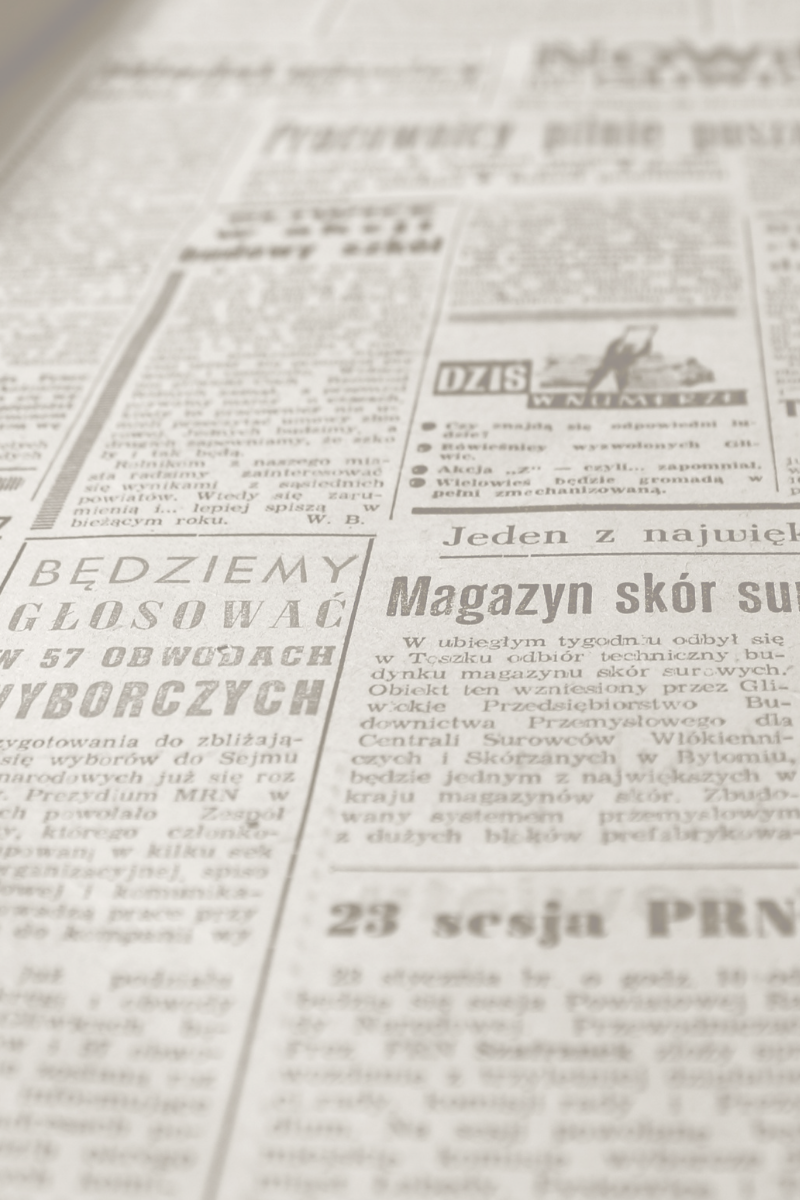The first international RootsTech was held this past weekend at the ExCel London exhibition and conference hall. For three days, family historians and genealogists from around the globe packed in to hear speakers deliver knowledge on a host of topics and network with companies and like-minded peers.
I was not able to attend but did follow along on Twitter and with the free recorded sessions that are available on the RootsTech website.
Day 1
The first day of sessions at RootsTech focused on the big picture, giving an overview of the major genealogical services that are available to us all - Ancestry, FamilySearch, MyHeritage, and Findmypast.Gregg Richardson’s session covered FamilySearch and the ability to upload various types of family history items. Using straightforward examples and real-life situations Gregg discusses family memories; why they are indispensable to your ancestry journey, and ways these stories can connect us with the past.
Sunny Morton’s session was a vivid reminder for us all to branch out our research and not get stuck in the rut of only using one service while neglecting the others. She also tackled the question of, "Which service should I use?" in her lecture, explaining that the service providing the information you need is the correct one for you to use. In other words, branch out and get to know what is available to you. She gives a good overview of the types of records that are available at each site mentioned, as well.
Comparing the Genealogy Giants: Ancestry, FamilySearch, Findmypast and MyHeritage
Sunny Morton
Discover Your Family at FamilySearch: Photos, Stories and Memories
Gregg Richardson
Sunny Morton
Discover Your Family at FamilySearch: Photos, Stories and Memories
Gregg Richardson
Day 2
The sessions available for the second day of RootsTech London were all about British genealogy and Irish genealogy.Researching these two can be difficult as record coverage is spotty. This infographic from Maurice Gleeson’s lecture sums up this idea in a concise visual manner:
Maurice’s session was a detailed talk you’ll want to watch over and over about the various resources available to seek out possible records for your Irish ancestors. As you can see from his infographic above, tracing Irish genealogy can be quite a task, but knowing where to look is essential in getting results.
Else Churchill’s sessions focused on 20th and late 19th century records for British genealogy. These records present their own set of challenges so, same as with Irish family history, knowing where to look is key for success.
Using some non-traditional records such as electoral rolls, phone books, and union records, Else shows us how we can still build out a life history for our 20th century British ancestors.
A Strategic Approach to Irish Genealogy
Maurice Gleeson
Tracing 20th Century English Ancestors - The Joys and Challenges
Else Churchill
Maurice Gleeson
Tracing 20th Century English Ancestors - The Joys and Challenges
Else Churchill
Day 3
DNA was the topic du jour for the final day of the RootsTech free sessions. These two sessions are essential to watch if you want to know more about DNA testing basics. Both Michelle and Debbie provide real-world examples to walk you through various DNA examples as they explain how DNA can help with your ancestry exploration.The main idea that both of these sessions emphasize is that DNA alone is not a “magic bullet” for your research, as Debbie says. DNA is used in conjunction with other genealogical data to help further support research.
DNA Is Dynamite - How To Ignite Your Ancestral Research
Michelle Leonard
Getting Started with DNA
Debbie Kennett
Michelle Leonard
Getting Started with DNA
Debbie Kennett
I had a fun time following along on Twitter and seeing people meet up for the first time in person. The sessions were informative and easy to follow, often with questions following the talk.
I’m looking forward to the rest of the talks becomming available next year! I’m still catching up on last year’s sessions!
- Patricia













